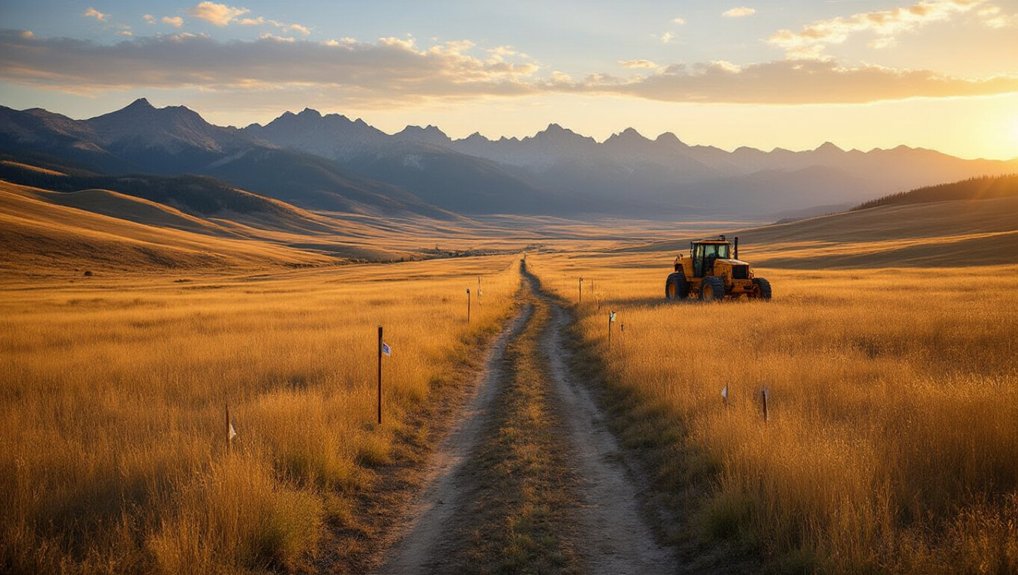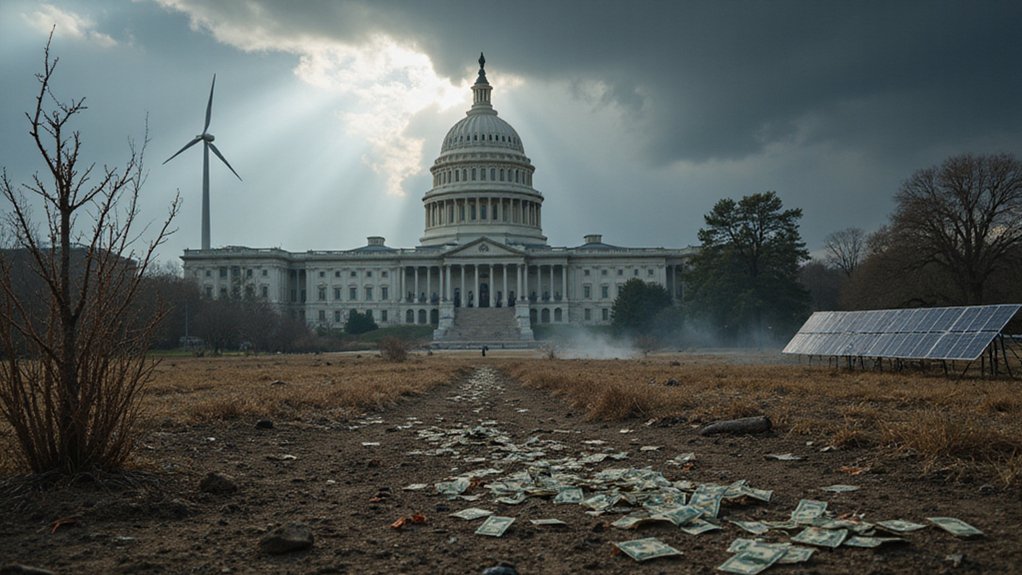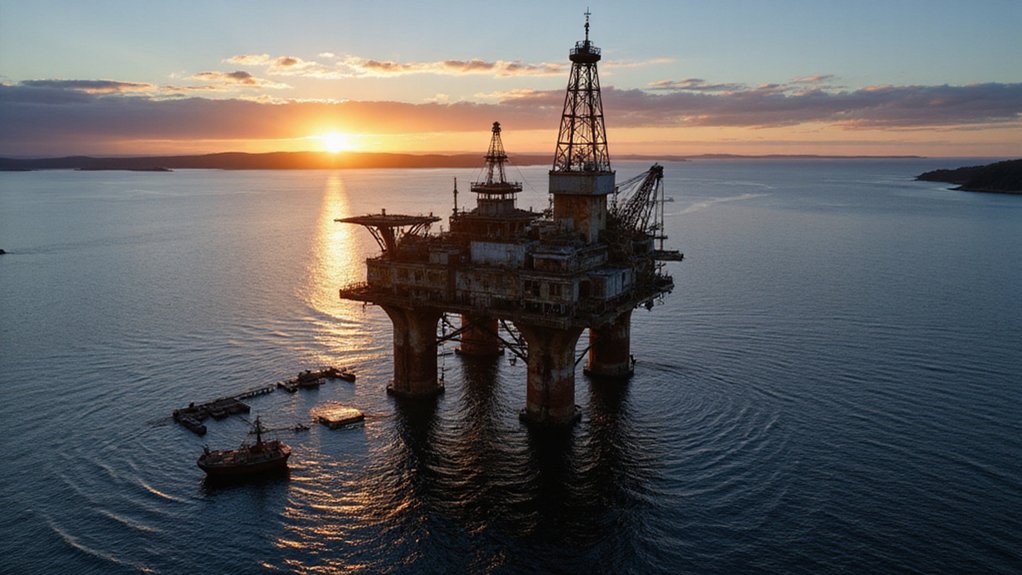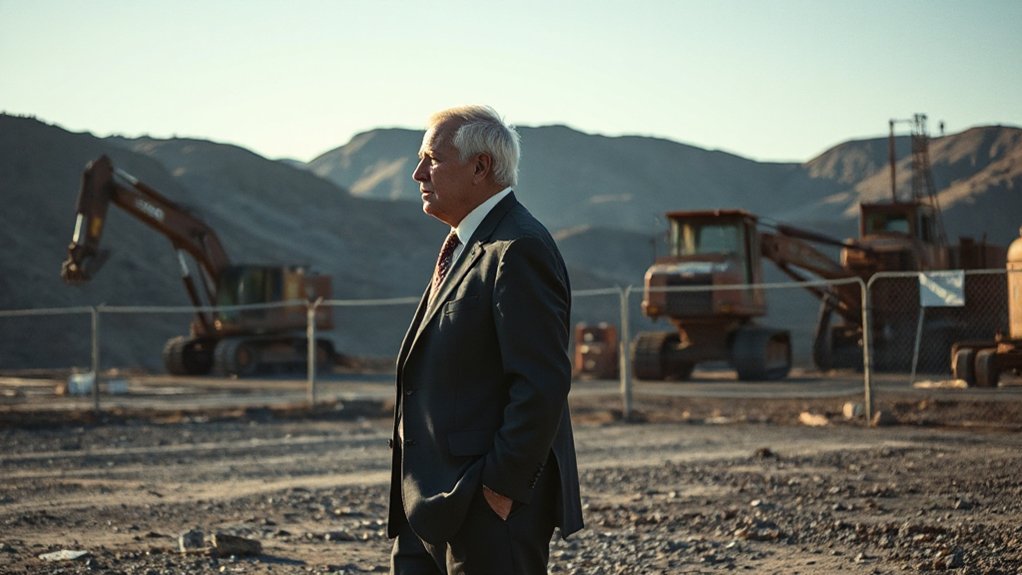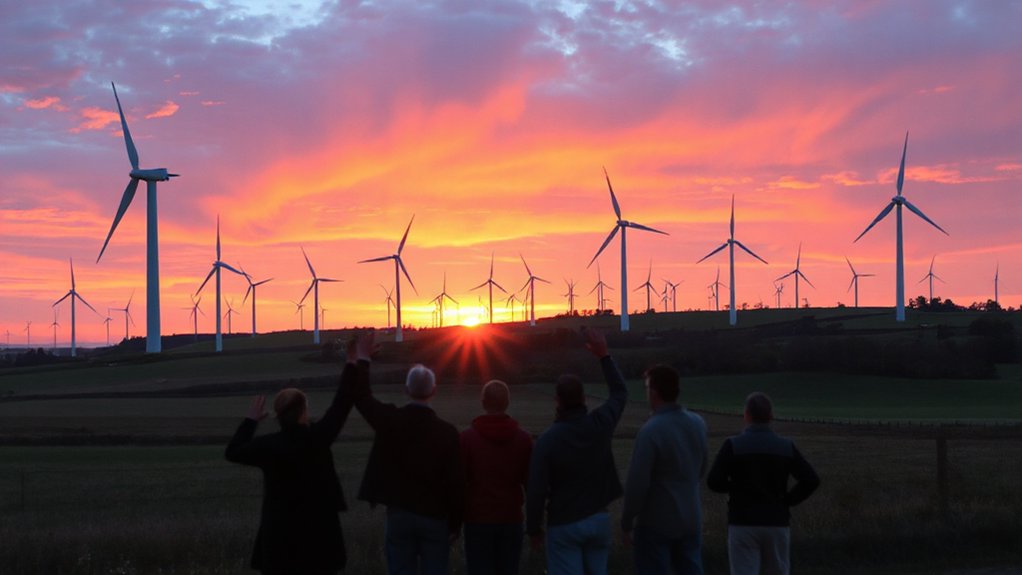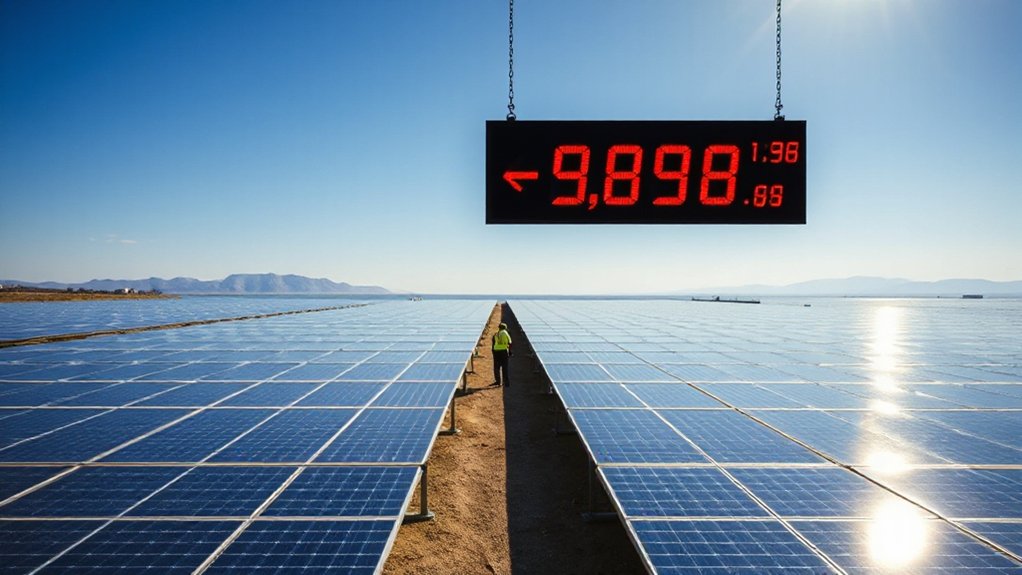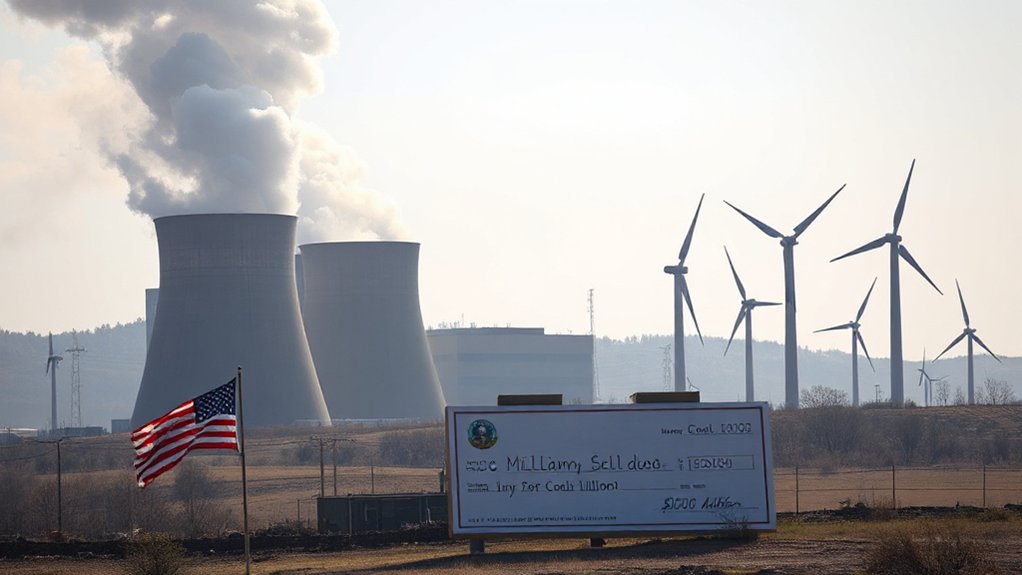While most environmental reviews take up to a year, the Bureau of Land Management (BLM) has decided Montana doesn’t need that kind of time. The federal agency is fast-tracking approval for a 74-mile natural gas pipeline running between Helena and Three Forks.
Fourteen days. That’s all they’re taking to review environmental impacts on the nine miles of federal public lands the pipeline will cross. Seems totally adequate, right?
Fourteen days to review a 74-mile pipeline’s impact on public lands? The fast-track approach to fossil fuel approval strikes again.
NorthWestern Energy is behind this 16-inch diameter underground pipeline. The rush job comes courtesy of a federal energy emergency declaration made back in January. Because apparently, fossil fuel projects deserve the express lane treatment these days.
The pipeline isn’t actually being built tomorrow. Prep work won’t begin until 2025, with full construction starting in spring 2026. The whole thing won’t be completed until fall 2029. So what’s the hurry with the review? Good question.
Federal officials are positioning this as part of America’s push toward energy independence. Jobs! Economic benefits! Reliable service! The usual talking points whenever a new fossil fuel project appears on the horizon. The pipeline will cross through the Limestone Hills Training Area and other BLM-managed lands.
Environmental groups aren’t thrilled. Two weeks to review potential impacts on public lands, habitats, and ecosystems? That’s barely enough time to read the proposal, let alone study it. But the Trump Administration’s directives to speed up energy infrastructure apparently trump thorough environmental assessment.
Montana state officials are generally supportive. Money and energy reliability tend to be popular. The project follows existing utility corridors to minimize ecological disruption, according to BLM. The project aims to increase capacity and improve service reliability during extreme cold weather. Much like Oregon’s recent utility reforms, this project raises questions about balancing corporate interests with environmental protection and community safety. The project is part of a broader initiative that includes other energy developments across Western states, including some geothermal projects. At least they’re throwing a bone to renewables.
Meanwhile, community groups are watching closely. Nine miles might not sound like much, but it’s nine miles of land that belongs to everyone. Land that will soon have a 16-inch pipeline running through it. After a two-week review that apparently tells us everything we need to know.
References
- https://www.blm.gov/press-release/blm-greenlights-geothermal-and-pipeline-projects-bolster-us-energy-independence
- https://nbcmontana.com/news/local/bureau-of-land-management-to-start-natural-gas-pipeline-in-montana
- https://www.ktvh.com/news/montana-politics/blm-approves-planned-northwestern-energy-gas-pipeline-from-helena-to-three-forks
- https://undergroundinfrastructure.com/news/2025/june/proposed-montana-gas-pipeline-advances-to-blm-review-stage
- https://www.mtpr.org/2025-06-17/briefs-pipeline-plan-review-flathead-lake-levels-milk-river-irrigation
